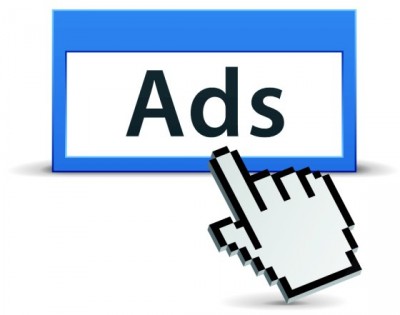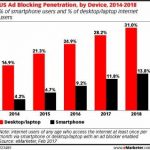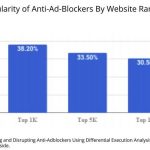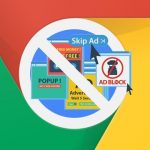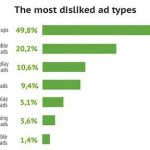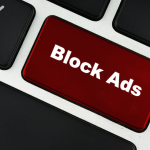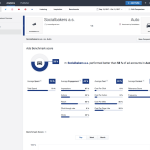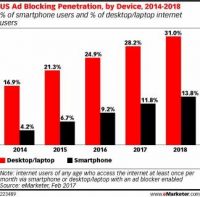Nine Out Of 10 Fussy Viewers Agree: Fix Online Ads
by P.J. Bednarski, Staff Writer @pjbtweet, September 9, 2016
When a survey proclaims “nine out of 10” people have the same opinion, you can be pretty sure you’re watching a commercial.
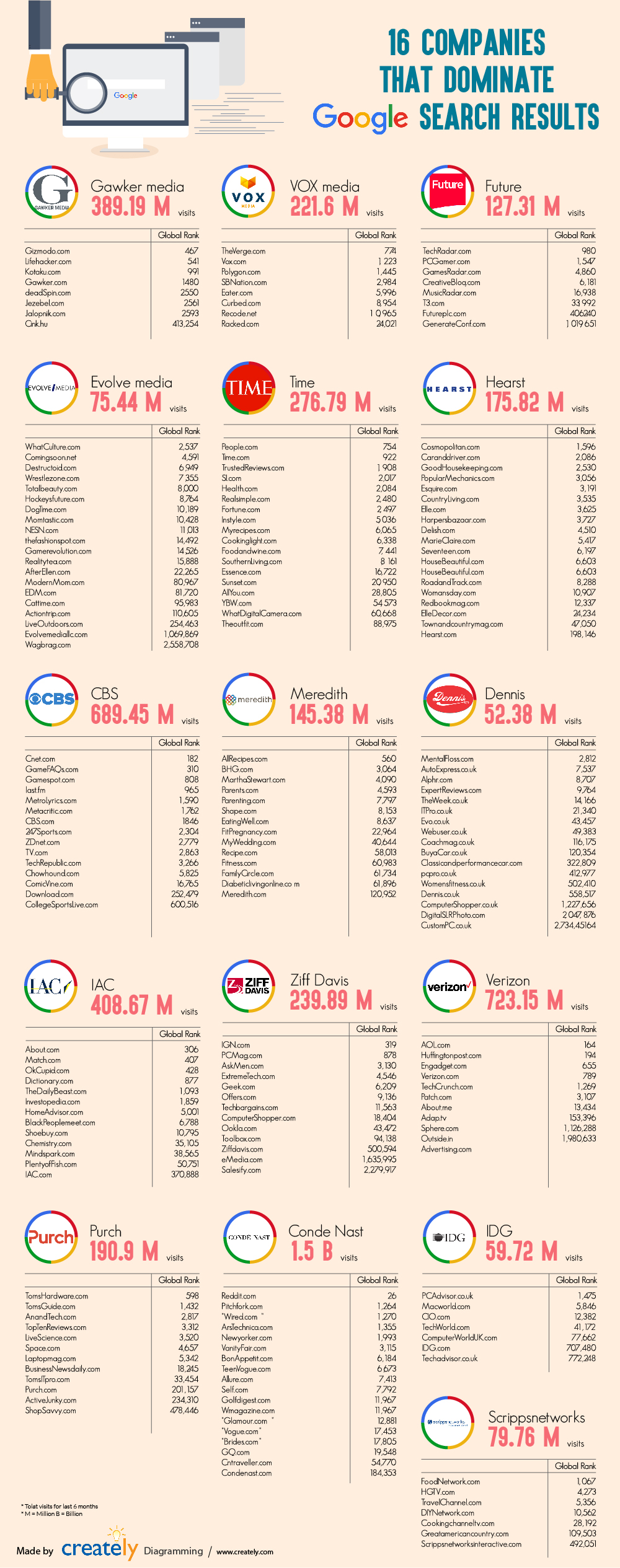
Or if not, you’re reading results from a new survey, “The Ad-Verse Consumer” by Brightcove that is about commercials.
In that one, nine out of 10 people think the online video advertising needs to improve the viewing experience. In fact, 92% think that way, and what’s more, by two measures, half of them think the quality of online video has improved, while more than 70% say the advertising has stayed the same old bad or gotten worse.
The Brightcove study is of 4,000 Europeans in the United Kingdom, France and Germany, conducted by Vanson Bourne. So we’re not talking about the U.S. But we are talking dissatisfaction and we’re talking ad blockers.
In Europe they’re quite the thing. Overall, 82% of the survey respondents knew about ad blockers (and an astounding 88% in Germany) and one in two use or have used a blocker. Another 23% are thinking about it.
Brightcove uses the study as a pitch for its Brightcove Lift, an new ad optimization solution that attempts to mitigate the effect of blockers and help publishers deliver a TV-like experience on all platforms.
Generally, this survey says consumers are aware ads pay the freight (except in France, which this report says was the one nation in the study that was “least likely” to accept that rationale). But they mostly don’t want to pay for content or pay to avoid ads because they understand the monetary underpinnings. In the UK, a extraordinary 76% agree with the ad-supported model. Brilliant!
I view consumer surveys about advertising quite skeptically. Nobody likes ads too much, and in this case, that’s made abundantly clear when respondents are asked to recommend ways to make the advertising experience better.
Of the four top suggestions, two basically suggest doing whatever is necessary to just get the damn things over with; 57% would like shorter ads, which is, hands down the most popular suggestion, and 41% want to be able to fast forward through them. On the plus side 58% said interactive ads are more tolerable.
And 21% would like it if ads were better targeted to them.
That brings up an interesting point. Over a third (36%) say they never see an ad that is relevant to them, and among baby boomers, that rises to almost half (47%).
Brightcove uses a British expression–”the grey pound,” as in the British currency–to describe the over 55 set.This report says the irrelevant-ad-syndrome stat “fuels the growing sentiment” that older consumers are increasingly being ignored by companies. (Couldn’t the Dos Equis guy still be interesting?)
About those ads. It seems where the ads are shown makes a difference: 53% said they’d be willing to watch two or more ads during a 30-minute episode if they’re watching on a smart TV. (“Perhaps optimistically,” the report says.) But 60% said advertisers better not try more than one ad if they’re watching on smartphones.
Similarly, respondents seem resigned to ads shown accompanying movies or TV shows, Only 11% want to watch an ad before viewing content from a “vlogger or a social media star.” That would seem to be a slam against YouTube. But it’s not as easy as that because 63% said YouTube is the social platform they’d most feel comfortable watching an ad while Pinterest (42%) and Snapchat (11%) were the least.
pj@mediapost.com
MediaPost.com: Search Marketing Daily
(54)

